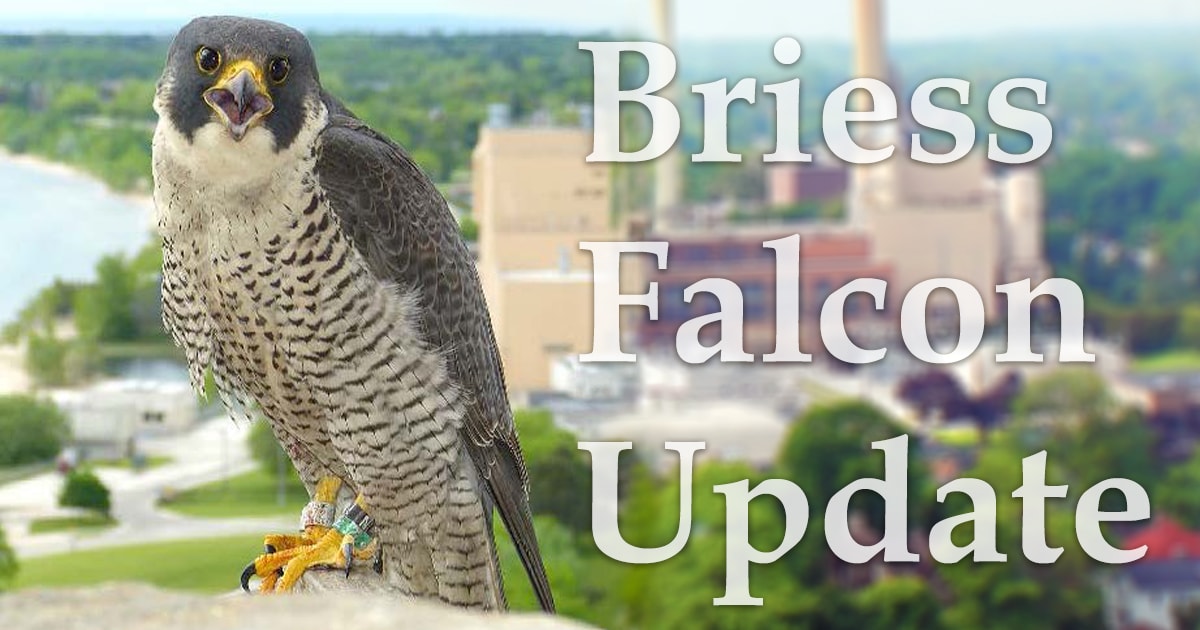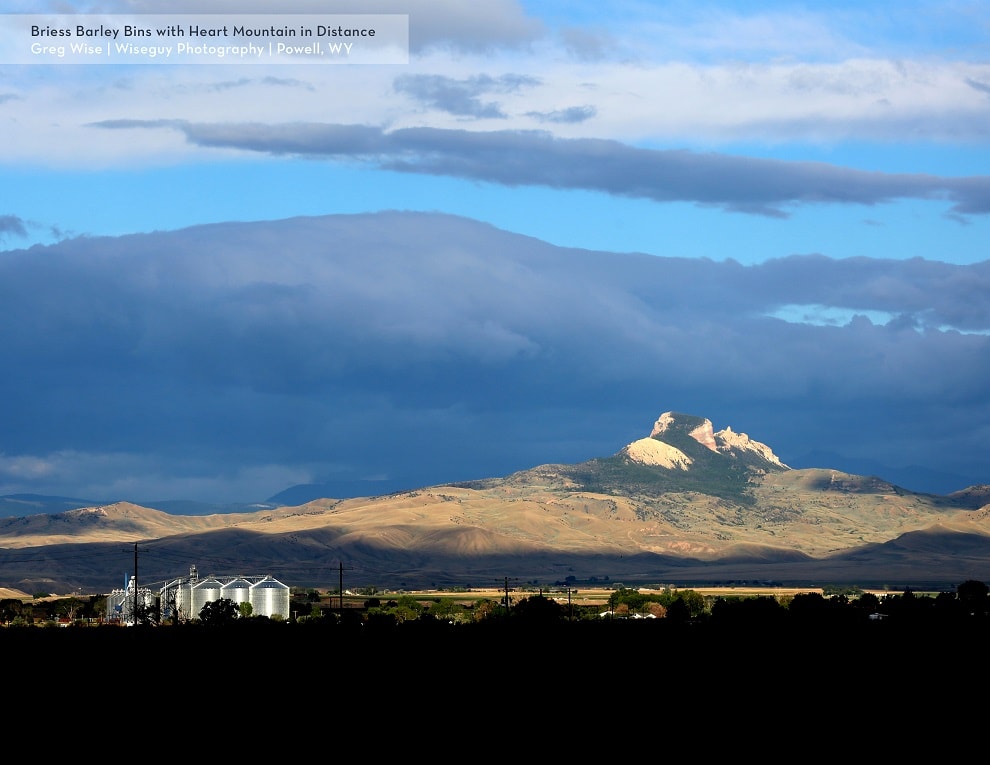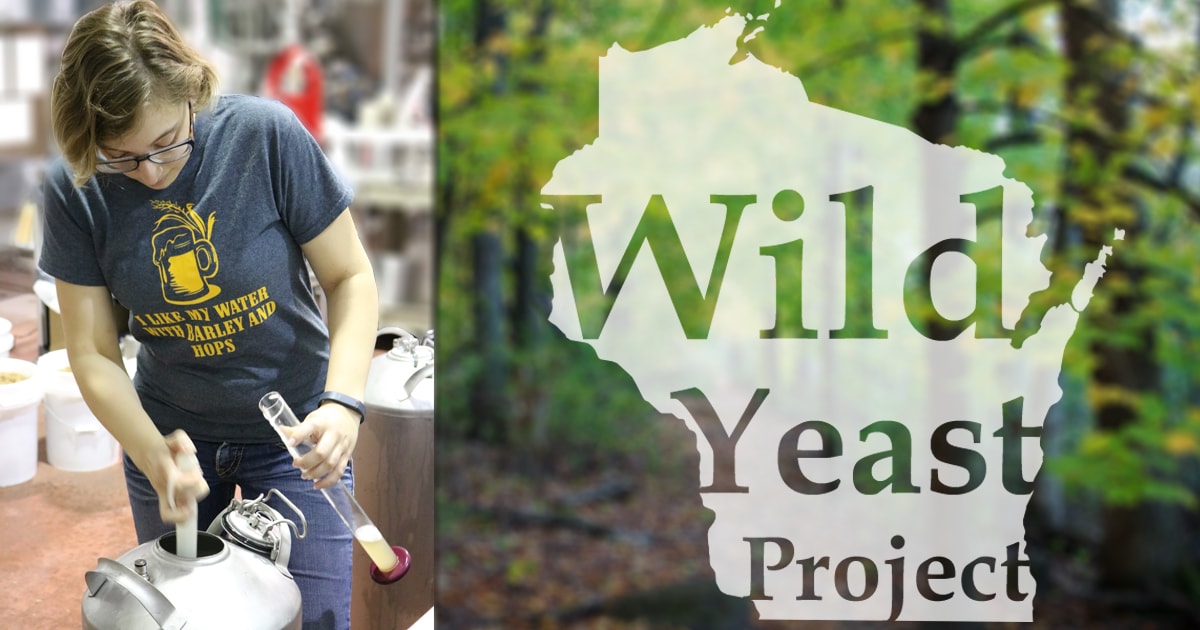
A while back, I started working at 8th Street Ale Haus in Sheboygan while studying Biochemistry at Lakeland University and really liked the environment. I liked what they were doing there and how they were educating their customers about the components that made up the beer they drank. It was intriguing working backwards, discovering where each flavor came from.
It was my final semester at Lakeland and I heard about a novel strain of yeast that was propagated in the forests of Wisconsin. I was fascinated by this wild yeast strain curious to see if it could make a viable commercial product. Not much was known about the yeast strain, there were a few unpublished articles, but little else. The University of Wisconsin – Madison had done some studies, but some details were closed to the public. I decided I wanted to research the yeast, but was having difficulty distinguishing it on a microscopic level – I simply wanted to use the wild Wisconsin yeast and not have other strains mixed in.
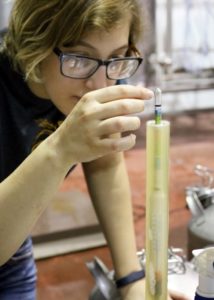
Around this same time, in September of 2015, I joined Briess as a Quality Control Analyst. During my hiring process, I told them about the project I was working on, which illustrated my interest in the Brewing Industry and love for research. After joining Briess, I had the ability to utilize their resources and continue working on the Wild Wisconsin Yeast Project. It wasn’t before long until I decided to reach out to the University of Wisconsin – Madison to see if I could access their research documents on the wild yeast.
The University put me in contact with their Alumni Relations who were able to connect me with some of the scientists who found the native strains. In addition to putting me in contact with these scientists, I was able to build a relationship between Briess and UW-Madison. This relationship allowed me to access the University’s findings and get several strands of the wild Wisconsin yeast to study it and determine its properties. This was extremely helpful, as it would aid me in harvesting the wild strands. Part of the goal now will be to evaluate the wild strains and see if it would be a viable commercial product worth harvesting.
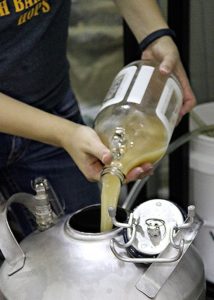
We are still in the early stages of this project. In October we brewed two beers with the UW-Madison strains and recorded its behavior. By evaluating and testing the strains we are able to set a control for performance measures. I will then be working with Cassie Liscomb to perform sensory on the finished beers with the Briess Sensory Panel to identify flavor contributions, aromas, mouthfeel and overall impressions of the yeast strains.
Once the sensory evaluations are complete, it will be time to go into the wild and forage the wild yeast strains. After sufficient wild samples have been collected, we will compare the wild yeast attributes to the control yeast by studying it, pilot brewing with it and having a sensory panel evaluate it.
Briess has encouraged my curiosity and given me the freedom to take this unique project from inception to completion. The Briess culture supports independent pursuit of goals. They are advocates of research and creativity that leads to new products and methods which advance the food and brewing industries. I have been very fortunate to have this type of opportunity and am looking forward to it coming to fruition.

